Lower Back Pain when Sitting: Cause, Treatment, Exercise
Introduction
Lower back pain when sitting is a common and often debilitating issue that affects people of all ages and lifestyles. It can be caused by a variety of factors and can significantly impact one’s quality of life, from daily activities to work productivity. This discomfort can range from mild to severe and may be temporary or chronic, making it crucial to understand its causes, symptoms, and potential remedies.
In this series of articles, we will delve into the world of lower back pain when sitting, exploring its possible origins, associated symptoms, and various strategies to manage and alleviate this discomfort. Whether you’re someone who experiences occasional discomfort or someone seeking to prevent or treat chronic lower back pain, this information will provide valuable insights and guidance.
Causes of Lower Back Pain When Sitting
Lower back pain when sitting can be caused by various factors, and understanding the underlying causes is essential for effective treatment and prevention. Here are some common causes of lower back pain when sitting:
Poor Posture
Poor posture is one of the most frequent causes of pain in the lower back while seated. The muscles, ligaments, and discs in the lumbar area can be strained by slouching, hunching over a desk, or sitting with an overly curved lower back.
Muscle Imbalances
Lower back pain can be caused by weak or unbalanced muscles in the pelvic region, lower back, and abdomen. When seated, an uneven distribution of pressures on the spine might result from weak or tight muscles.
Herniated disk
A disk in the spine that has herniated and is pushing on a spinal nerve is referred to as a herniated disk. Any spinal disk may be impacted.
The condition is typically treated with both medicine and physical therapy.
Sedentary Lifestyle
Lower back pain might develop if you sit for long periods of time without getting up. Living a sedentary lifestyle can result in stiffness and muscle tightness, which can make sitting uncomfortable.
Sciatica Pain
Sciatica is a condition where the sciatic nerve, which runs down the lower back into the legs, becomes irritated or compressed. Sitting can exacerbate sciatica symptoms, leading to lower back and leg pain.
Spinal Conditions
Lower back pain while sitting might be caused by underlying spinal disorders such herniated discs, degenerative disc disease, spinal stenosis, or spondylolisthesis. These situations might inflame nerves or result in structural problems.
Injury
When lifting anything incorrectly, a person may get a strain or sprain to their lower back.
As an alternative, trauma from a car accident or from playing sports could cause the injury.
Lumbar degenerative disc disease
Degenerative disk disease, sometimes referred to as lumbar disc disease, is not a true condition. It typically happens as people age.
It happens when the discs in the spinal column between the vertebrae deteriorate.
Strain and Overuse
Long-term sitting can strain the lower back’s muscles and ligaments, especially when done in an uncomfortable position or on a chair that isn’t supportive.
Obesity
When sitting, carrying extra body weight can strain the lower back, especially if the abdominal muscles are weak. Increased pain and discomfort may result from this.
Poor Ergonomics
Poorly constructed chairs or inadequate workstation layouts can force the body into abnormal positions and put a strain on the lower back. For the purpose of preventing back pain while sitting, proper ergonomics are crucial.
Pelvic Issues
Sitting becomes painful when there are issues with the pelvic region, such as sacroiliac joint dysfunction or pelvic inflammatory disease.
It’s crucial to remember that each person will experience lower back pain differently, and it could be caused by a variety of causes. Additionally, while certain causes may need to be evaluated and treated medically, others may be addressed by making appropriate lifestyle adjustments and practicing good self-care.
Treatment of Lower Back Pain When Sitting
Treatment for lower back pain when sitting can vary depending on the underlying cause, the severity of the pain, and individual factors. Here are some treatment approaches that can be effective in managing and alleviating lower back pain when sitting:
Rest and Activity Modification:
At first, relaxing and avoiding from activities that make the pain worse can be helpful.
To avoid stiffness, gradually resume light movement and avoid sitting for long periods of time.
Physical Therapy Treatment
A physical therapist can create an exercise plan that has been designed toward helping muscular imbalances, increase flexibility, and strengthen core muscles.
Additionally, methods including massage, heat or cold therapy, and manual therapy may be used.
Medications
Non-steroidal anti-inflammatory medicines (NSAIDs) can help lessen pain and inflammation.
For underlying diseases or more severe pain, prescription drugs may be advised.
Ergonomic Changes
To sit with good posture, make ergonomic adjustments to your workspace. Using an ergonomic chair, setting your computer monitor at eye level, and taking frequent breaks are all examples of this.
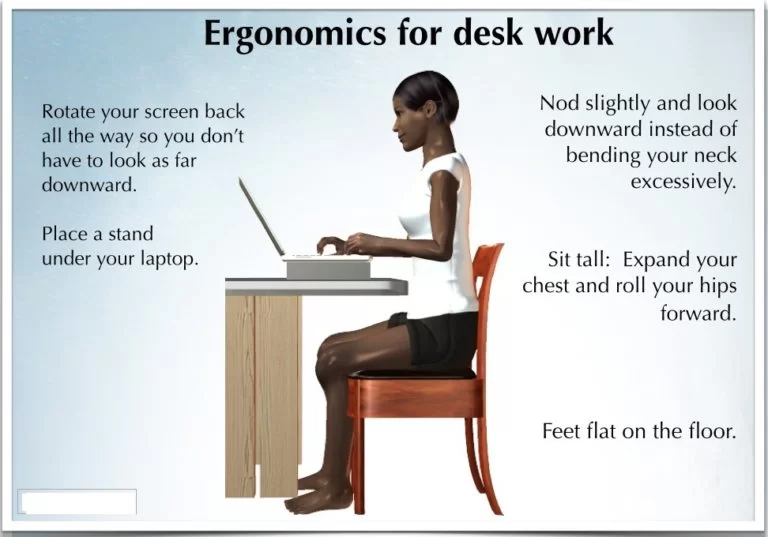
Postural Training
To ease lower back tension, develop appropriate sitting posture via practice. Whenever required, use cushions or lumbar supports.
Think about feedback-giving wearable gear or posture-training tools.
Stretching and Yoga
Regular stretching exercises and yoga can help you become more flexible and relieve tension in your muscles.
Stretches like cat-cow, child’s pose, and hamstring stretches are especially helpful.
Strengthening Exercises:
Concentrate on performing exercises like planks, bridges, and bird-dogs to strengthen the core and lower back muscles.
Heat and Cold Therapy
To relieve pain and inflammation in the lower back, apply heat or cold packs. Test both to see which is most effective for you.
Weight Management
Losing excess weight can ease pressure on the lower back and lessen pain if you are overweight.
Be sure to eat a balanced diet and get frequent exercise.
Bracing
A medical professional could suggest a back brace or support belt in specific circumstances to offer additional stability and support.
An accurate diagnosis and a treatment plan that is unique to your medical condition and requirements must be obtained from a healthcare expert. To address lower back pain when sitting, keep in mind that a mix of treatments, such as lifestyle adjustments, physical activity, and pain management techniques, may be the most successful strategy.
How to Prevent Lower Back Pain When Sitting?
Preventing lower back pain when sitting requires a combination of good habits, proper ergonomics, and lifestyle adjustments. Here are some effective strategies to help you avoid or reduce lower back pain when sitting:
Maintain Good Posture:
Keep your back and relax your shoulders during your sitting position. Make use of your lower back’s organic curve as support.
Keep your knees at hip level or a little lower and your feet flat on the ground. If necessary, use a footrest.
Do not cross your legs since this can cause slouching.
Choose an Ergonomic Chair
To keep your spine’s natural curve, sit in a chair that offers adequate lumbar support. Consider utilizing a lumbar roll or cushion if your chair doesn’t have lumbar support.
Make sure the chair’s depth and height may be adjusted to fit your body type.
Adjust Your Workspace
Your workstation and computer should be positioned such that the monitor is at eye level and that the keyboard and mouse are simple to reach. Your neck and shoulders won’t become strained as a result.
If possible, sit and stand periodically during the day by using a sit-stand desk that is adjustable.
Take Regular Breaks
Every 30 to 60 minutes of sitting, get up, stretch, and take a little walk. It lessens the strain on your lower back.
During pauses, engage in basic stretching activities such as forward bending, backward arching, and torso rotation.
Use Proper Sitting Techniques
Sit down with your back straight and your knees and hips bent. Instead of bending at the waist, lower yourself into the chair using your leg muscles.
Avoid spending a lot of time sitting on soft seats or couches since they might not provide enough support.
Supportive Cushions and Pillows
To enhance your sitting posture and add additional support for your lower back and pelvis, think about utilizing seat cushions or pillows.
Stay Active
Regular exercise will help to improve your back and core muscles. Swimming, Pilates, and other aquatic exercises are particularly advantageous.
To keep your muscles active and your spine in alignment, include walking in your regular routine.
Maintain a Healthy Weight
Your lower back may experience more strain when you are sitting if you are overweight. Keeping your weight in check requires a balanced diet and regular exercise.
Remember that consistency is key when it comes to preventing lower back pain. Make these habits a part of your daily routine to maintain a healthy back and minimize the risk of discomfort when sitting.
Exercise for Lower Back Pain when Sitting
Exercise is an effective remedy for reducing and avoiding lower back pain from prolonged sitting. You can lessen discomfort and improve your sitting posture by developing the muscles that support your lower back and improving flexibility. Here are a few efficient exercises made especially to relieve back pain when seated:
Pelvic Tilts:
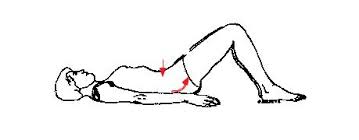
Knees bent at 90 degrees while placing your feet flat on the floor, lie on your back.
Flatten your lower back against the floor and contract your abdominal muscles.
Hold for a short while, then let go.
Repeat ten to fifteen times.
Knee-to-Chest Stretch:

Knees bent at 90 degrees while placing your feet flat on the floor, lie on your back.
Holding one knee with your hands, bring it up to your chest.
Feel a light stretch in your lower back as you hold the position for 20–30 seconds.
Repeat while changing legs.
Cat-Cow Stretch:
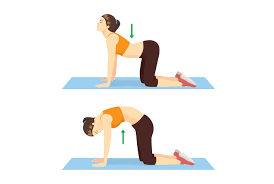
Lie on all four limbs (tabletop) with your hands and knees together.
Tucking your chin into your chest while arching your back upward (cat position).
Then assume the cow stance by lowering your belly and raising your head.
For 10 to 15 rounds, continuously repeat these motions.
Child’s Pose:

Kneel on the ground and take a seat with your heels back.
Your chest should be lowered to the floor as you extend your arms forward.
Feel a light stretch in your lower back as you hold the position for 20–30 seconds.
Bridges:
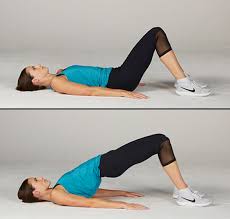
Take a supine lying position (on your back) while keeping your feet hip-width apart, knees bent, and placing your feet flat on the ground.
To create a straight line from your shoulders to your knees, tighten your glutes and lift your hips off the ground.
After a little period of holding, bring your hips back down.
Do 10 to 15 repetitions.
Bird-Dog Exercise
Take an all-four limb position (Tabletop) with your hands and legs parallel on the mat.
Simultaneously extend one arm forward and the opposite leg backward while keeping your back straight.
Hold for a few seconds, then return to the starting position.
Repeat with the opposite arm and leg.
Perform 10-15 repetitions on each side.
Sphinx Pose:
Put your elbows beneath your shoulders and lay face down.
While keeping your hips and legs on the floor, raise your upper torso.
Focus on extending and strengthening the lower back while you hold for 20 to 30 seconds.
Diagnosis of Lower Back Pain When Sitting
A healthcare professional will speak with the patient about their medical history and do a physical examination to identify the cause of their back pain.
Additional testing are typically not required if the pain is severe, unless it is the consequence of an accident.
Depending on the underlying cause, surgery may be the least possible option for treating persistent pain.
When to consult a Doctor?
If lower back pain is severe, persistent, or does not get better with stretches, exercises, and other home remedies, seek medical help.
Additionally, if the pain has been caused by an injury, see a doctor immediately.
Conclusion
In conclusion, lower back pain when sitting is a common issue with various causes, but it can be managed and prevented through good posture, ergonomic adjustments, regular exercise, and stress management. Seeking professional advice when needed and maintaining healthy habits are key to long-term relief and spinal health.
FAQs
Why does my lower back hurt when sitting?
Back Pain When Sitting
Slouching when sitting can overstretch the spinal ligaments and put a strain on the spinal discs. In addition to being uncomfortable, poor office ergonomics and sitting position over time can harm spinal structures and cause recurrent bouts of neck or back pain.
How do you fix lower back pain when sitting?
To fix lower back pain when sitting, you can:
Maintain Good Posture: Sit with proper alignment, using lumbar support if needed.
Use Ergonomic Furniture: Invest in a chair and workspace that support your spine.
Take Regular Breaks: Stand, stretch, and move around every 30-60 minutes.
Strengthen Core Muscles: Engage in exercises that strengthen your core and lower back.
Practice Stress Management: Reduce tension through relaxation techniques.
Consult a Professional: Seek guidance from a healthcare provider or physical therapist for personalized solutions.
References
- Ames, H. (2020, October 14). What to know about lower back pain when sitting. https://www.medicalnewstoday.com/articles/lower-back-pain-when-sitting
- image- H. (2023, September 22). Why Does My Lower Back Hurt When I Sit? Back in Motion Physical Therapy & Performance. https://backinmotionsspt.com/why-does-my-lower-back-hurt-when-i-sit/

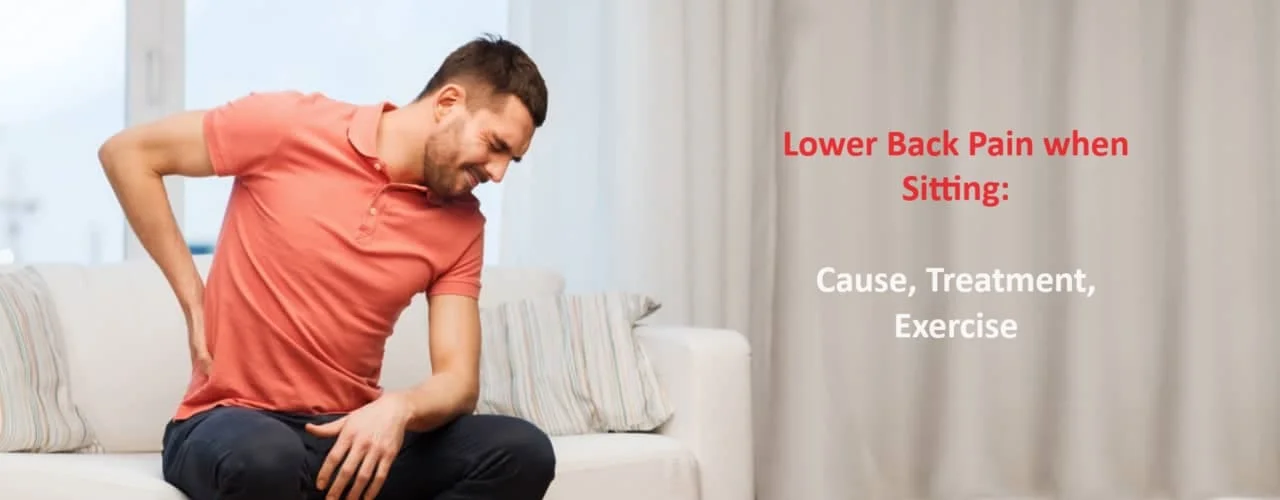
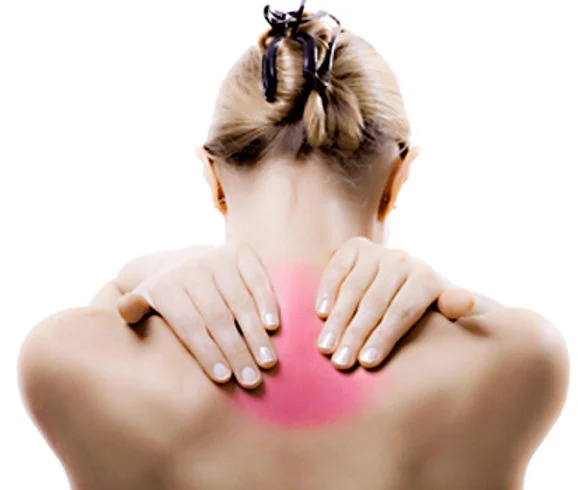

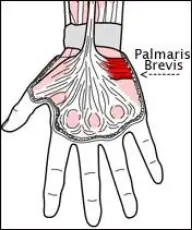
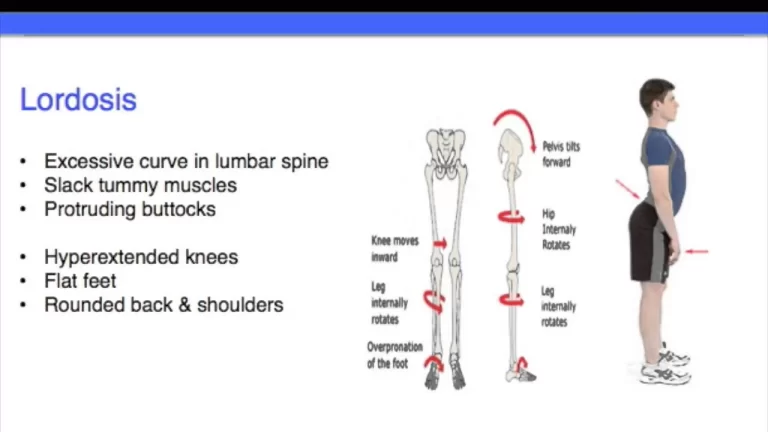
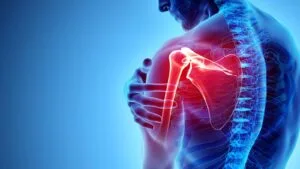
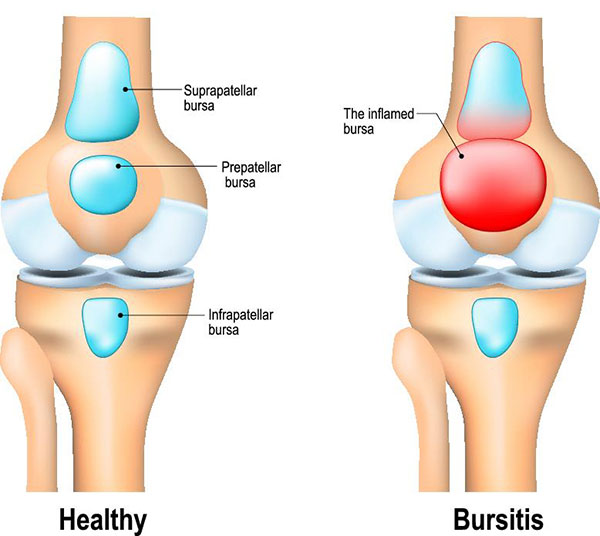
2 Comments